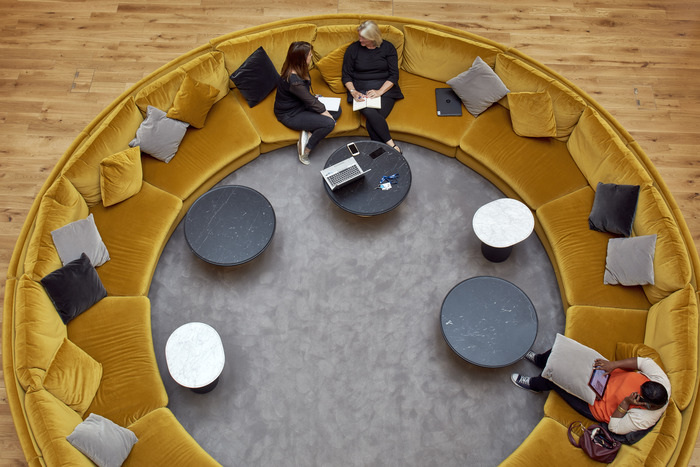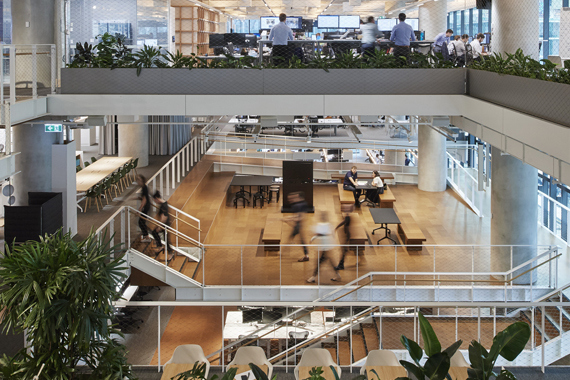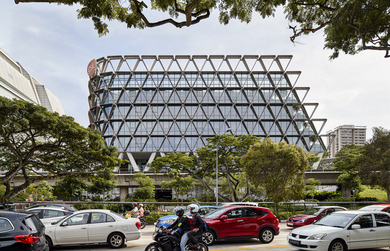Less formality, more socialisation
Perhaps the most striking trend is the push for less formal work settings. When employees are asked where they want to spend their time, over and over again they told us that they want to spend less time in formal meetings and more time brainstorming, they want to spend less time doing heads-down focused work and more time with their colleagues.
Collaboration hasn’t increased
While people want more casual and social environments, we haven’t really seen an increase in collaboration over the past eight years. In general, people spend about 40 per cent of their day collaborating (in meetings, phone calls, brainstorming, etc.) and about 35 per cent of their day doing individual focused work. These numbers haven’t changed significantly since we started running the survey.
But the mode of collaboration has changed
Although the amount of collaboration has remained steady, the mode of collaboration has changed drastically in the past 8 years. Employees are spending less time on the phone and more time in video conferences and meeting face-to-face. Knowing this means we can create the right types of spaces for the type of collaboration people do in each business we design for.
We don’t just follow a cookie cutter approach of x number of meeting rooms, x number of phonebooths and x number of beanbags.
A failure to focus
While employees want to be more social, many of them are also struggling to do quiet, focused work in their current office. From the survey we see that the more time an employee spends doing heads-down work, the less satisfied they are with their office. In many cases this is because the offices don’t have the right combination of spaces to adequately accommodate a productive range of work styles.





